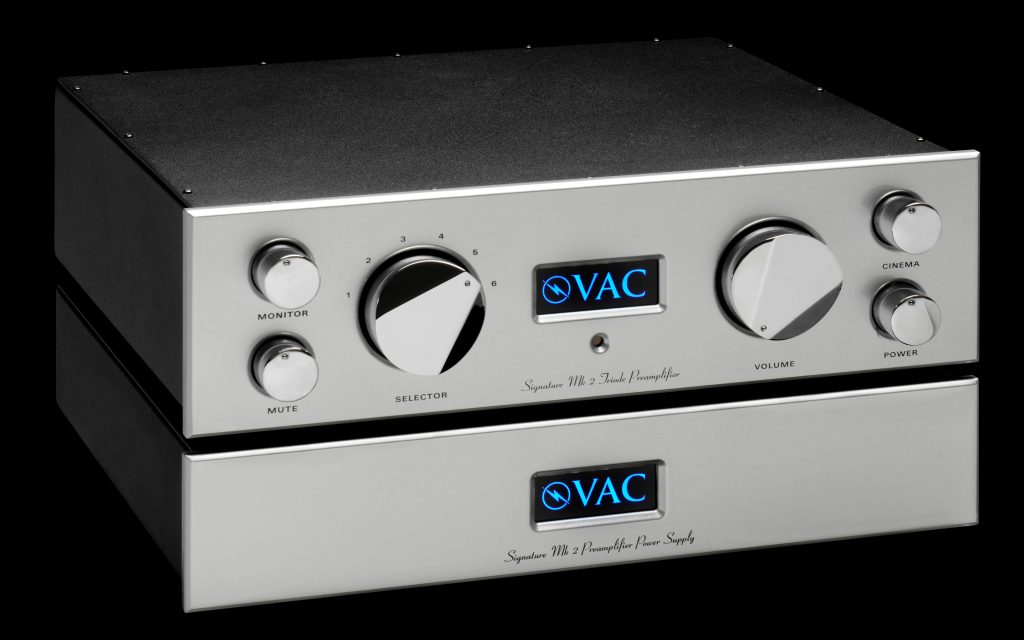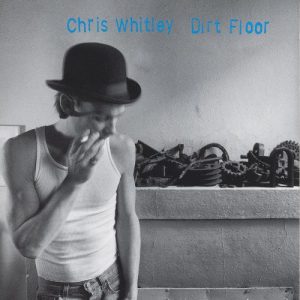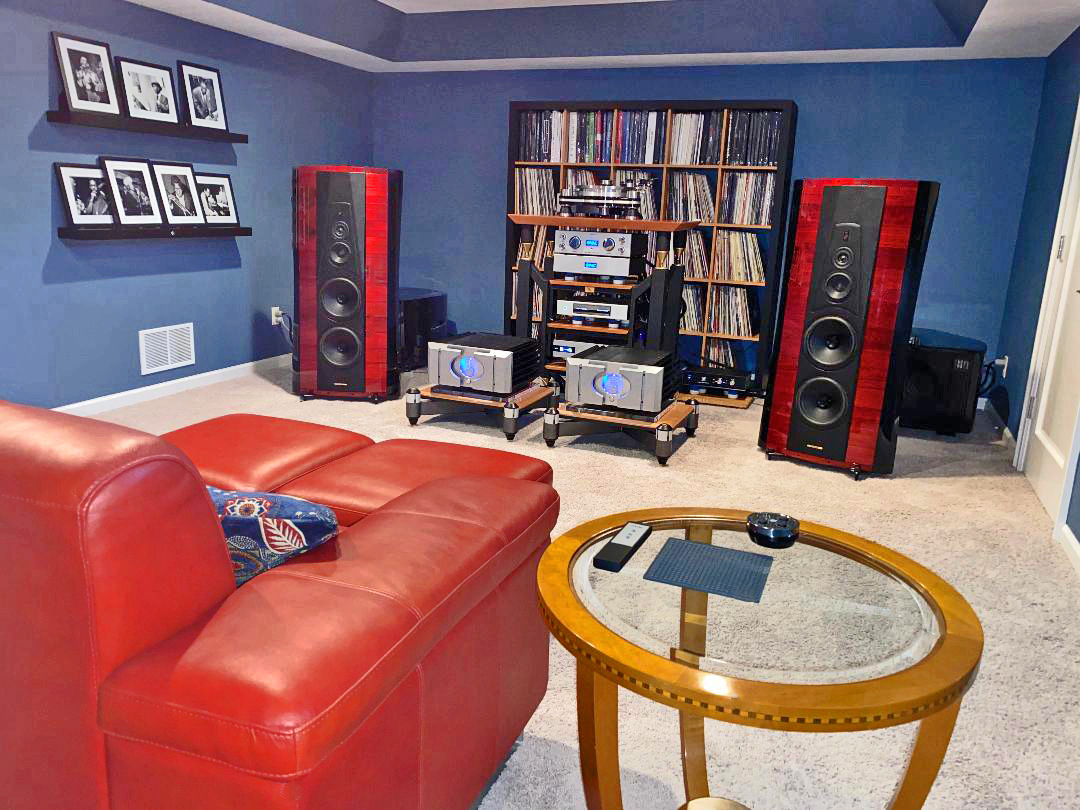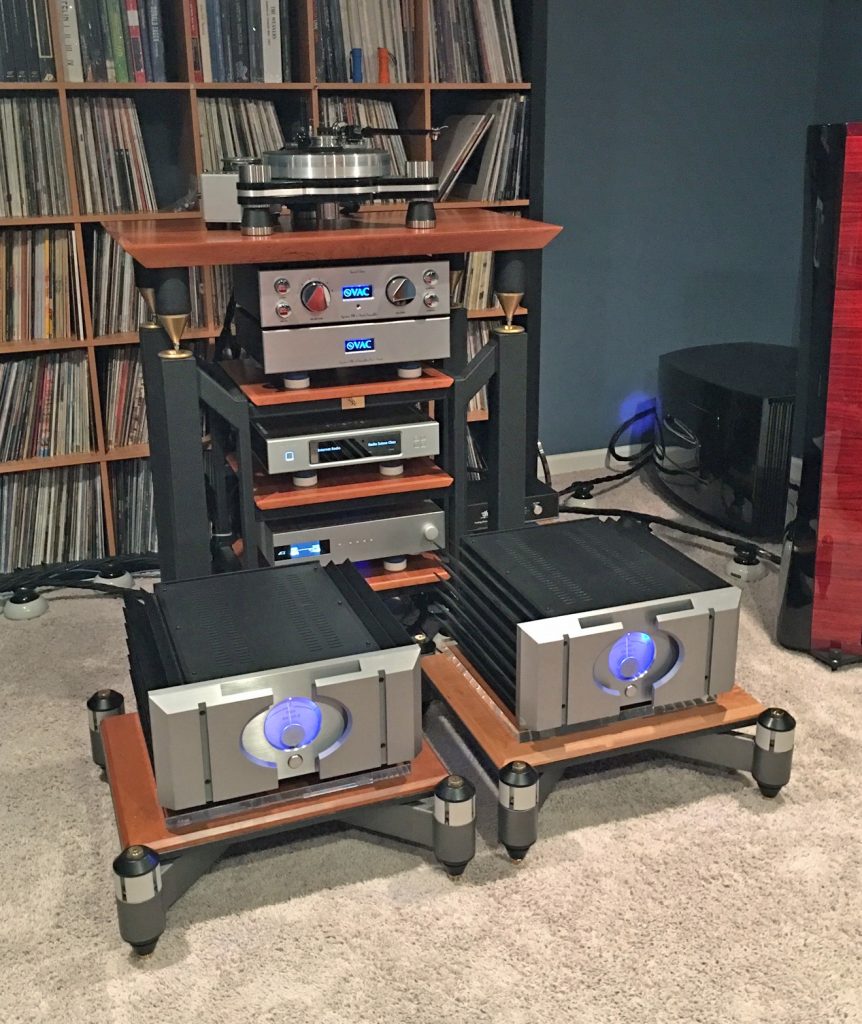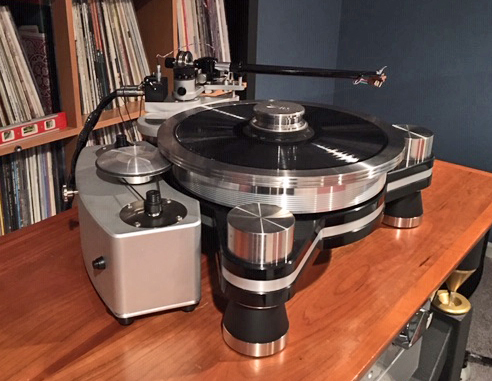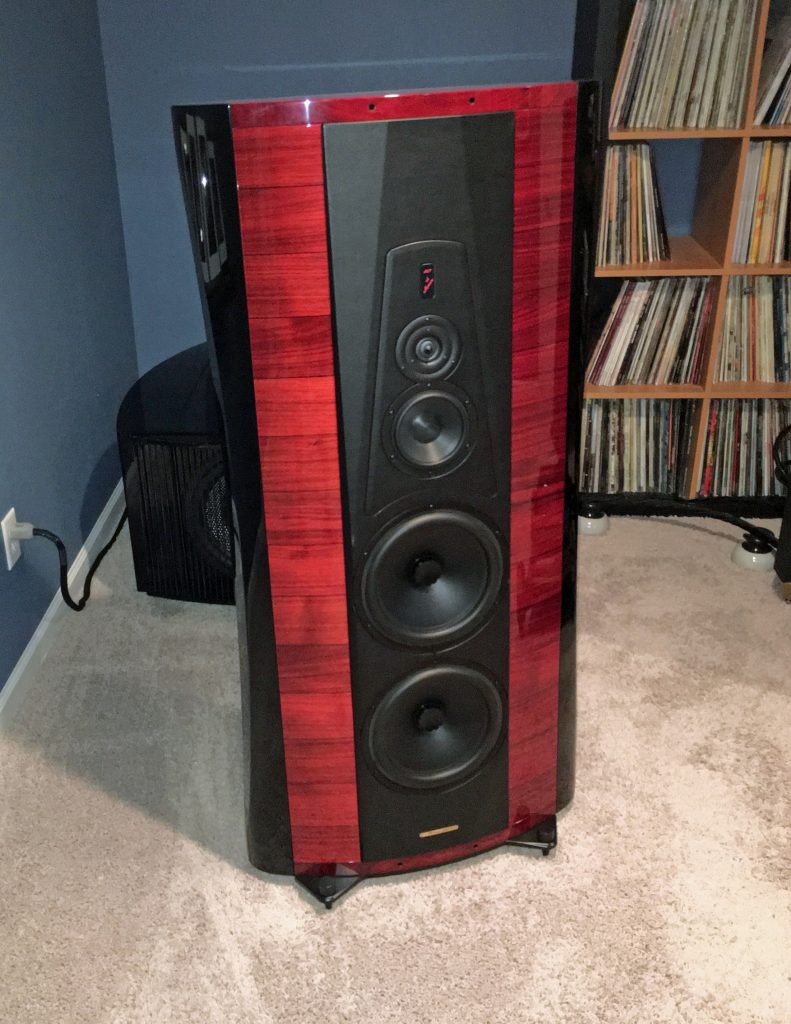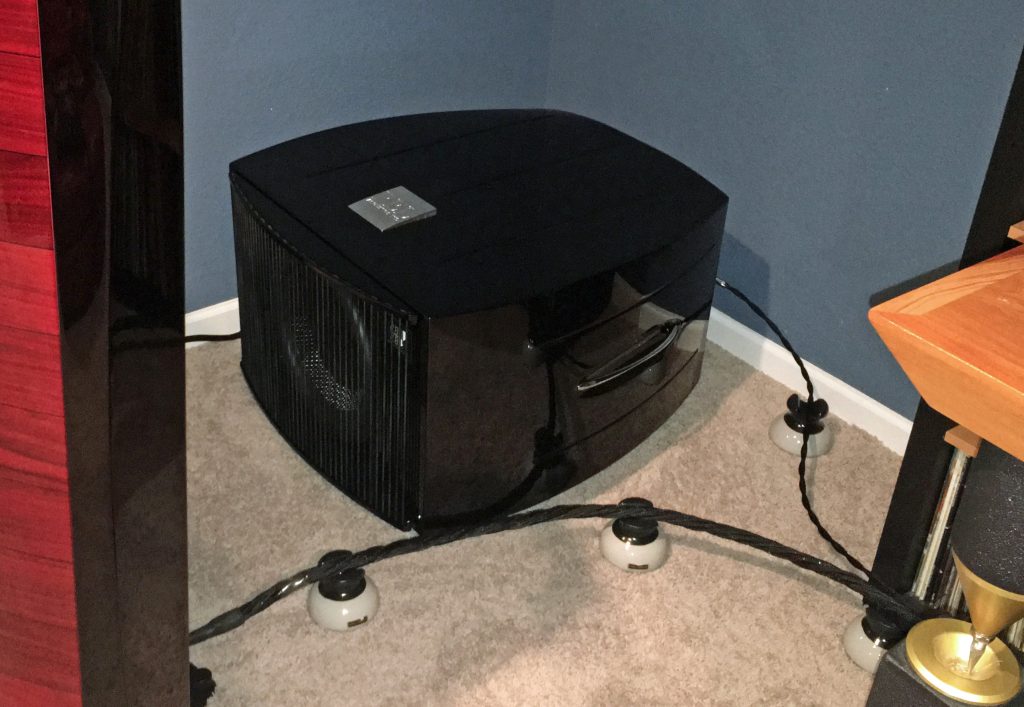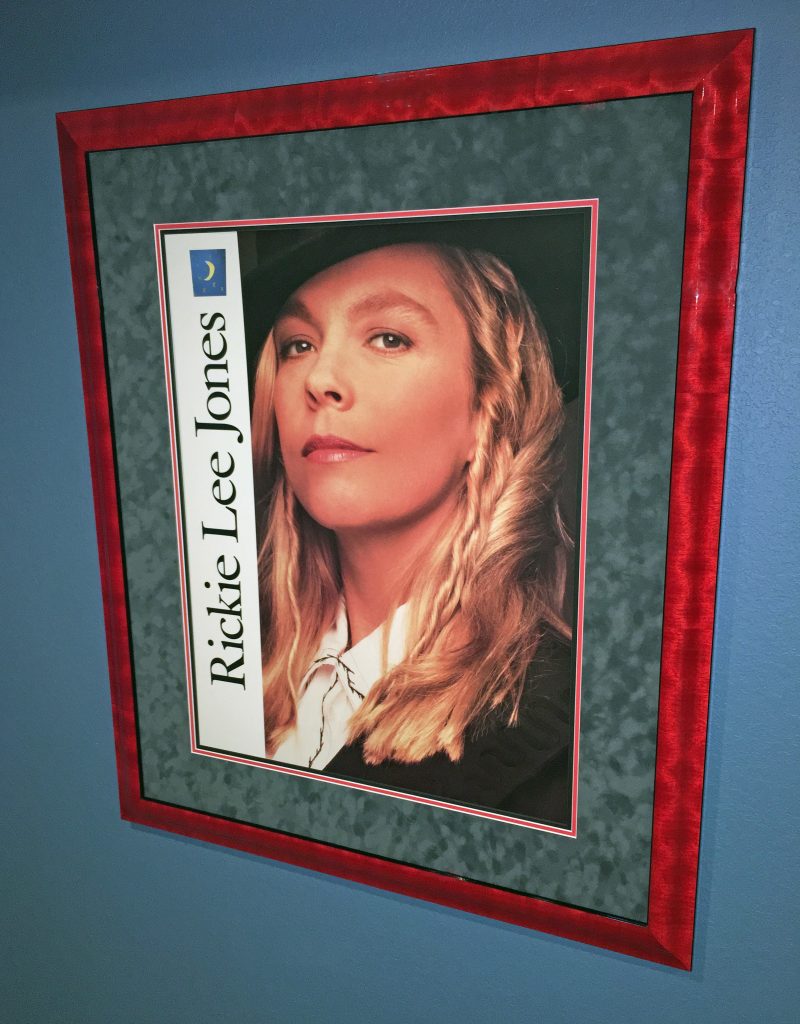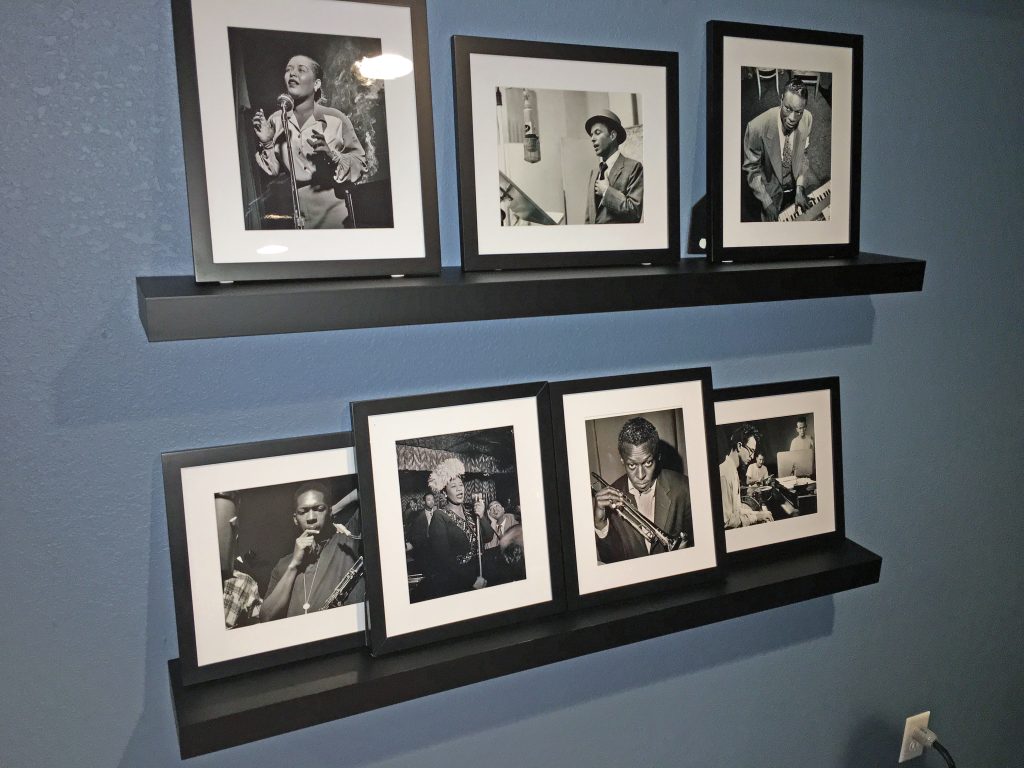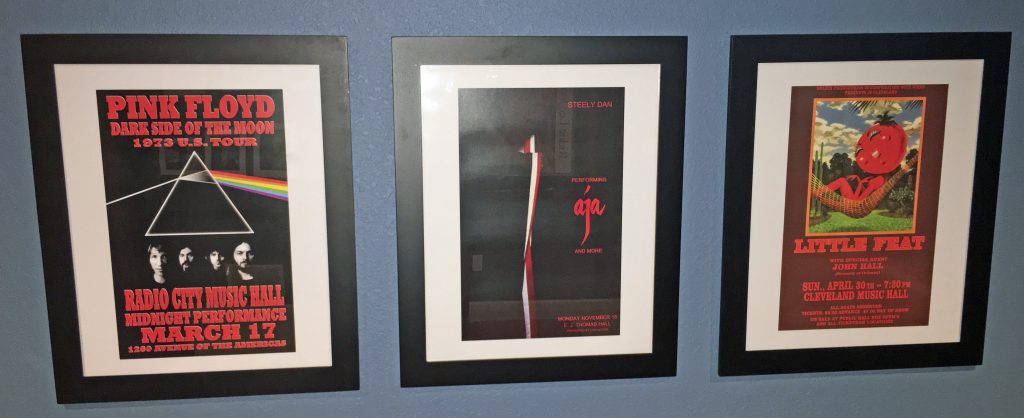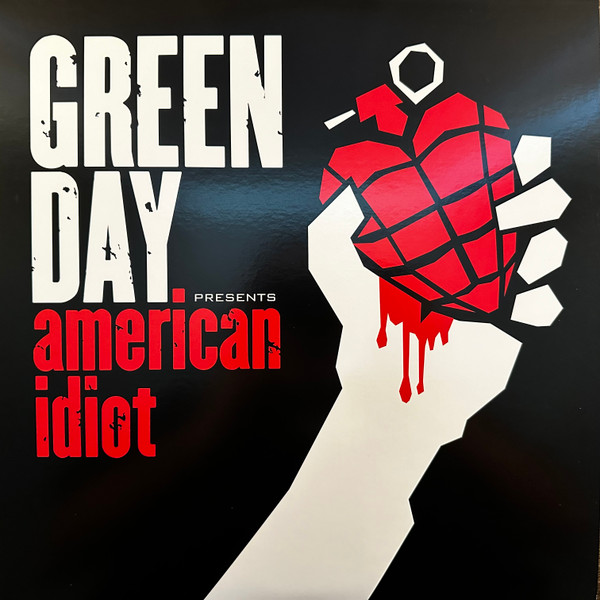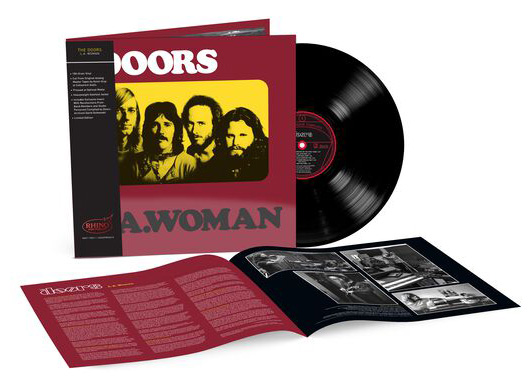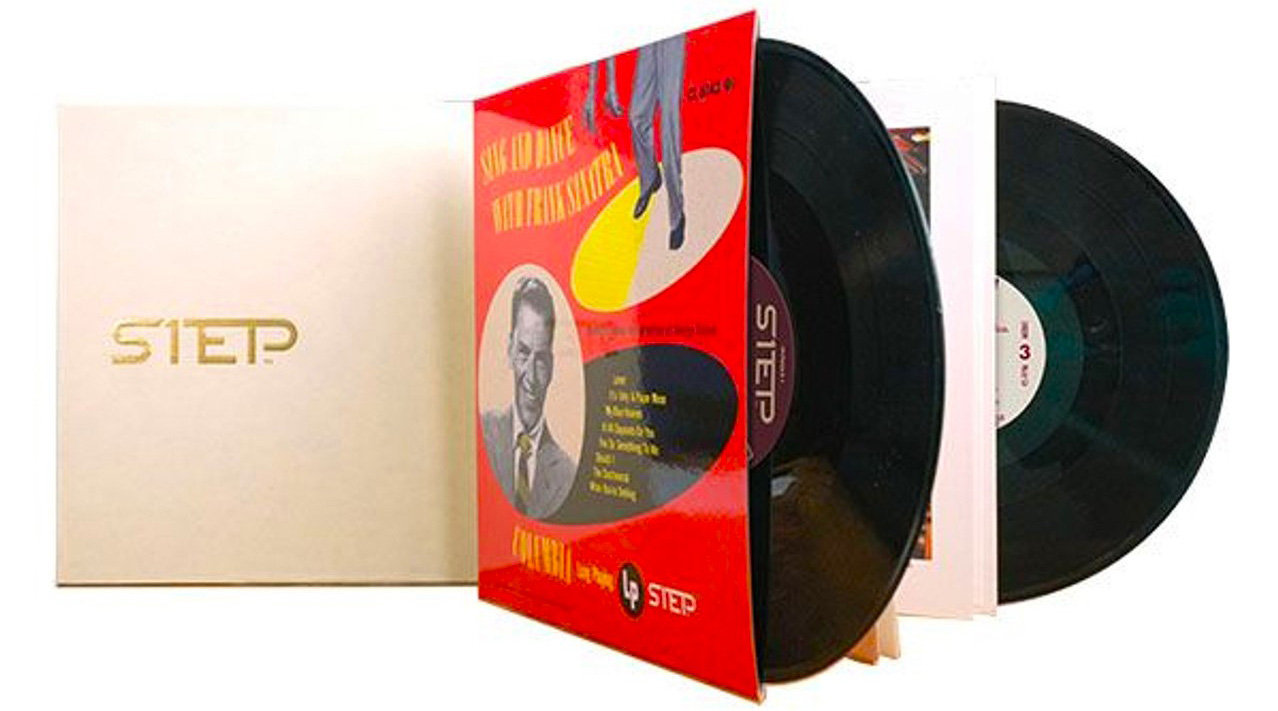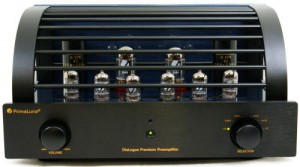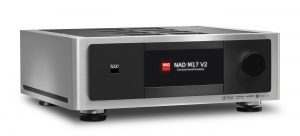I have this thing for combining tube preamplifiers and solid state Class A amplifiers. Some might think that there is just too much chocolate in the pudding, but I love the coherent, fleshed out musical connection that this combo can provide—maybe the best of both worlds. As the performance and sound of solid state and tubes seems to be converging with the latest generation of high end component designs, one could argue that this is a moot point and no longer relevant.
Regardless, I still pine for some of my favorite systems from the past. Two combinations have left their indelible marks on my psyche. The first was the Audible Illusions Modulus 2 tube preamp and the Krell KSA-50 Class A amplifier. The second was the Hovland HP-200 tube preamp and the Pass Labs Aleph 0 Class A monoblock amplifier. Like a fine Cabernet and a Michelin three star meal, those two pairings could really satisfy!
When it comes to the very elite tube designs, Kevin Hayes has had my attention for many years. Not a major event has gone by where the VAC product line has not been proclaimed a top contender or winner in the best room at show category. There is such a large demand and backorder for his preamps, amps and integrated amps, that he has very little need to dole out product for review. It makes sense that his customers are his top priority. Reviewers have to be patient, but the reward is well worth it.
When I finally got my hands on the VAC Signature Mk IIa SE line stage (w/phono), it triggered a few memories and I immediately began to pull together some interesting amplifiers for this review. This includes one of my most dependable and telling benchmarks, the Pass Labs XA100.5 Class A monoblock amplifier. I always keep a Pass Labs XA.5 or XA.8 amplifier in the stable as a reference point.
I also thought it would be appropriate to match up the VAC with a top flight Class A/B solid state amp. A close friend has been living with the Ayre Acoustics MX-R Twenty monoblock amplifier for over a year and has been extremely happy. I have spent a considerable amount of time in his listening room and it truly is a wonderful amp. He left it with me for an extended stay and for another comparison.
Caveat Emptor
System synergy and personal taste are critical when evaluating high-end audio products. This review is based on my subjective requirements, my subjective ears, my specific system configuration, and my specific listening room. This combination is only one data point of many that exist out there for these components. Please consider my comments and analysis appropriately.
Review System
Please click on my name in red above. You will find a comprehensive list of all my components and a description of my listening room if needed.
The Kevin Hayes' Principals of Obsession
After a few personal discussions with Kevin, it became very clear that he has a fanatical commitment to several design and execution principles for all his products. Extremely likable and very approachable, this is still one very serious guy when it comes to his craft and his passion. Please see the postscript below for some additional insight into the history of VAC and why VAC has evolved into such a respected brand in the industry.
The following is my interpretation of what I heard directly from Kevin, and via my research for this review. I might have oversimplified and maybe missed a point or two, but these are my high level thoughts about what differentiates VAC components from much of the competition. Please keep these in mind as I discuss design, performance, and sound quality.
- Implementation of "true" triode amplifier design.
- Subjective analysis for the sound quality of individual parts.
- Subjective analysis for the sound quality and synergy of collective parts and assemblies.
- Implementation of "point to point" wiring wherever possible.
- Ultimate isolation and resonance control.
- Ultimate component and system compatibility.
- Exhaustive quality control, including final subjective listening sessions for each manufactured unit (by Kevin himself).
Design
Until the Statement ($80,000) and the Master ($28,000) came along just a few years ago, the Signature was the flagship line stage for the entire VAC portfolio. Many considered it one of the finest available at that time. Many would argue that it still is. The MSRP for the current Signature Mk IIa SE model reviewed here is $19,500 for the line stage only and an additional $6500 for the optional phono stage.
Introduced in the year 2000, the Signature was the original building block that introduced the basic design principles found in all contemporary VAC preamplifiers—a fully balanced, zero feedback, and transformer-coupled Class A1 triode topology. The Signature's line stage is hand wired, and has no coupling capacitors that might impact the sound quality of the presented load. Transformers in the SE model are upgraded to the premium designs used in the Statement and Master.
The Signature offers six standard line inputs (five w/phono). Three have unbalanced (RCA) inputs. Two have both unbalanced (RCA) and balanced (XLR) options. A toggle switch allows for selection of one or the other of these two. There is also a fully balanced Cinema Bypass input. Lastly, there are two sets of unbalanced (RCA) and two sets of balanced (XLR) outputs.
The optional phono stage provides one set of either unbalanced (RCA) inputs or fully balanced (XLR) inputs for one moving coil (MC) cartridge, and a second set of unbalanced (RCA) inputs for one moving magnet (MM) cartridge. A grounding pin is also provided. Gain and load are adjustable on the rear panel. Gain for MM cartridges can be set at 44 dB and gain for MC cartridges can be set at 64 dB. Selectable MC load impedance options include 470, 300, 250, 200, 150, and 100 ohms. Selectable MM load impedance options include 47k, 30k, 25k, and 10k ohms.
Tubes used for the standard configuration include 6922 (two) for the linestage and 12AX7 (six) for the phono stage. The Signature SE Mk II that I received used the Electro-Harmonix 6922 and the Mullard 12AX7 tubes. There is some additional flexibility for brand and tube type including 8416, 7308, E88CC, ECC88, 6DJ8, and 12DJ8 twin triodes for the linestage. If interested, you can count on Kevin to discuss these options with you and how they will impact the sound.
My wife describes the front faceplate and the overall industrial design of the Signature as "simply stunning." I have to agree. I've got plenty of "bling" in my current system including the Sonus Faber Stradivarius speakers, Pass Labs XA100.5 monoblock amps, and the VPI Avenger turntable. The Signature gets more than its fair share of comments and might be the crown jewel in the entire configuration.
At 61 lbs., including the phono stage, you can tell from the pictures that the Signature is a substantial two chassis design. The control chassis measures 18"W x 5.5"H x 14.5"D and the power supply chassis measures 18"W x 4.3"H x 14.5"D. The remote control is simple but functional. Though I wish there was a balance option via the front panel or remote, I never really had a need for any other controls.
Two finishes are available: Hand-rubbed gold-flake gloss black lacquer with chrome knobs and hand-rubbed metallic gloss silver lacquer with chrome knobs (special order with additional cost). The Signature looks and performs like the real thing—a world class preamplifier!
Sound
This is not that. The title of this review is entirely appropriate. Rightly or wrongly, one can be biased about the sound of tube components. From past classic designs, the typical stereotypes point to super sweet or rolled off highs, warm and inviting fully saturated mids, and a weighty sometimes overly ripe bass.
The tendency for these designs is to focus on the wonderful bloom and seductive harmonic potential of the mids while down playing if not negating the emphasis on the frequency extremes. Again, when considering the tube based VAC Signature Mk IIa SE, this is not that.
Those who champion the advantages of solid state typically extoll the dynamic agility and punch that these designs can offer. In particular, bass performance can have a muscularity and slam that tubes always seem to reach for but rarely achieve.
By way of the VAC Signature Mk IIa SE, Kevin Hayes has boldly found a medium with the best attributes of both solid-state and tubes. This is not a compromise. I could easily see supporters of both camps sprinting to and not just walking to own and achieve these results in their system.
Yes, we get the speed, dynamics and control of solid-state, but we don't lose the inviting beauty and liquidity of tubes. There is a combined rhythmic expression that speaks to the seemingly ideal balance of the real thing.
Sound stage and imaging are superb, but do not set new benchmarks beyond the best that have been in my listening room. Bass performance is as good as it gets in terms of proper weight and bottom end authority. Solid-state lovers will be more than satisfied. But again, we are not establishing new standards above and beyond in the lower frequencies. Mids and highs are wonderfully fleshed out with the proper amount of bloom and timbral purity. Not overly rich or golden like some classic tube designs, but with an amazing level of attack and accuracy.
For me, what makes the Signature Mk II SE so special is its incredible ability to really dig deep and rediscover the most complex of harmonic structures and inner detail. In addition, there is a natural purity and sweeping sonic beauty at all frequencies that will have you leaning in and yearning for more. Harmonics, harmonics, and more harmonics! All of this vast amount of musical information just seems to wonderfully flow from the presentation without the typical edge and whiteness that this sometime requires. This is a combination that is so hard to achieve yet so satisfying.
A few comments about the phono stage, which probably deserves its own independent review. Even at $6500, if your budget allows you to consider the line stage, this is an option that cannot be ignored. I was told that the phono section was an over-achiever, but that is a total understatement. This baby out performs everything I have experienced in my listening room under $10,000.
When combined with some of my recent 45 RPM One Step and UHQR vinyl acquisitions, there is a magic that can sometimes be overwhelming. If the master tapes are better, it would be hard to imagine. It's difficult to go back to my digital library or streaming services once the wax hits the table. Flipping those 45's is no longer a burden. The results are so well worth the extra effort. This phono stage really delivers!
Comparisons and Compatibility
The only preamplifier that ever shook my world like the Signature Mk IIa SE was the solid state Pass Labs XS. At almost twice the price, it had better offer some stiff competition! With a MSRP of $38,000, it was similar in terms of speed, transparency, and control, but with a slightly different flavor and presentation.
From top to bottom, the XS has more of a darkened tonal color, with marginally more bloom and weight. Bass was slightly more full bodied and rounded. All in all, extremely appealing to my ears and subjective needs. Let's be clear on this. I absolutely love the sound of the Pass Labs XS preamplifier.
On the other hand, the Signature has that inner detail thing going on that could really deliver a vivid and assertive immediacy like nothing else that I have experienced. Which is more accurate or more engaging? Who knows. Different strokes for different folks, but I would have both on my final hit list if seeking out something to really elevate my system.
As mentioned earlier, I had high hopes for combining the Signature with a Class A amplifier—specifically my beloved Pass Labs XA100.5. The XA.100.5 has that glorious midrange that the XA.5 series is known for, but even at 100 watts per channel, when combined with the wrong components, bass can sometimes be a little slow with occasional overhang. Highs can also be slightly less than open and extended.
The Signature was an incredible synergistic match. You get all of the character mentioned earlier for the Signature and Class A amplification in general, but now there was no lack of speed and control at any frequency. Macro and micro dynamics were startling. Mids were absolutely to die for with this combination. More magic and more verification that a tube preamplifier combined with solid state Class A amplification absolutely rules!
The solid state Class A/B Ayre Acoustics MX-R Twenty monoblock amplifier is a completely different animal than the XA100.5. Seamless, layered and organized, the Ayre is clearly a world class amplifier. Extremely articulate from top to bottom, you might think that the tube based Signature would slow things down and potentially impact it's many strengths in the wrong direction.
If anything, this dynamic duo unleashed a level of transient attack that far exceeded all of my expectations. I challenged the combination with every genre of music that I could throw at it, and it always dazzled the senses. Mids and highs now had a sense of ease and fleshed out performance that many Class A/B amplifiers could only dream of supporting. Another winner for compatibility and synergy.
Music
Sarah Vaughn, Sarah + 2 (Qobuz FLAC 16 bit/44.1 kHz)
This little gem released in 1962 on the Parlophone UK label does not get the attention that it deserves. With only Sarah Vaughan on vocals, Barney Kessel on guitar, and Joe Comfort on bass, this simply miked recording has me wondering why current engineers and modern studios cannot achieve the same.
With the Signature driving the music forward, you get a Sarah Vaughn at her very best. On "All I Do Is Dream of You," her voice just lovingly floats center stage and yields a life like presence that will have you smiling in disbelief. Yes, there is plenty of detail and texture, but the pure and inviting tone of her voice can be just memorizing. This is what this hobby is all about.
Chris Whitley, Dirt Floor (Ripped WAV 16 bit/44.1 kHz)
Originally released in 1998, I heard a rare Classic Records DAD (24/96) on a friend's system, and it blew me away. Via the Signature and my own ripped CD file, I felt like I was not missing much if anything at all. I have been searching for the Classic Records vinyl release for the last ten years without any success. I can only dream.
Recorded direct to two track, there is a thickening and darkness to this recording that always comes through, but now the emotion and desperation in Chris Whitley's voice is upfront and dripping from the speakers. "Scrapyard Lullaby" puts Whatley right in the room as his sadness and yearning is clearly and eerily presented in both voice and guitar. You have never heard acoustic guitar sound more resonant and amazingly palpable.
Janos Starker, Bach Suites For Unaccompanied Cello Complete (45 RPM LPs)
I have the 33 RPM Speakers Corner set of this release, and I thought it could not be beat. I was having so much fun with the Signature phono section that I decided to finally break the seal on this new Analogue Productions 45 RPM box set of 6 LPS. I am glad that I did. This has to be one of the finest and most engaging recordings ever—regardless of genre. Every audiophile should consider having it in their collection. Even those who are not classical music fans.
Originally released in 1965 on the Mercury label, this reissue was remastered by Thomas Fine, son of the celebrated engineering team of C. Robert Fine and Wilma Cozert Fine. What could be better than a historic premier virtuoso, playing a 1705 instrument made by the famous Venetian Matteo Goffriller, in a reverberant and live recording studio, by some of the finest engineers of the time. The Signature finds every subtlety and every nuance in every groove. You can virtually see the bow and rosin skating across the strings. Sorry for the histrionics, but it's that good! The Signature makes it even better.
Final Thoughts
I had a bunch of fun with the VAC Signature Mk IIa SE. It opened my eyes to the potential that was still hidden in my digital and vinyl collections. State of the art industrial design, superb build quality and cutting edge performance, I can only imagine what the VAC Master and Statement line stages might provide. The best compliment that I can give the Signature is that I purchased it. Very highly recommended!
Signature Mk IIa SE Linestage
Retail: $19,500
Optional Phono Stage
Retail: $6500
Valve Amplification Company, Inc.
1911 North East Ave.
Sarasota, Florida 34234
941.952.9695
Postscript
Valve Amplification Company - An Interesting Backstory
During a broad discussion and via several exchanges of information with Kevin, I quickly found that VAC has a wonderful, if not compelling legacy that I felt deserved to be communicated here. Not just another triumphant American success story, but one based on family, commitment and the development and support of several intriguing projects both internal and external to the VAC brand. Very interesting stuff.
VAC was founded in 1990 by Kevin and his late father, Channing Hayes. Originally located in Sarasota, Florida, VAC corporate headquarters and manufacturing were relocated to Durham, North Carolina in 1996, and then returned to Sarasota in 2001.
Like many father and son relationships, Channing Hayes was a major influence on Kevin, and what was soon to follow. I think that the following quote by Kevin says it all, "I learned more from him then I can say, and I hope that I manage to be even half the person he was."
Chan was trained by the Navy in radar, and then stationed at Corpus Christi, Texas as a radar instructor. As a veteran returning home from World War II, he enrolled at Iowa State, earning a BSEE, and then worked for a variety of important companies of the day.
During a stint with Bendix around 1954, Chan purchased and built a Heathkit W4-AM Williamson amplifier to see if it would be suitable for driving the ultrasonic transducers that Bendix was developing at the time. It was not, and so it wound up at the family home, destined to be the first HiFi amplifier that Kevin would hear. The story goes that Kevin burned his fingers on that Heathkit, and that's how audio got into his blood.
From 1972 to 1982, Chan continued to nurture Kevin's interest in audio with plenty of reading material and access to test equipment. This evolved into a real passion for Kevin that included a fascination with various components from the likes of Heathkit, Lafayette, MacIntosh, and Citation. Chan often patiently accompanied Kevin to a wide range of stereo stores, and occasionally helped him repair something that had gone amiss.
Around 1980, things started to get more interesting for the two, together building loudspeakers, winding Litz wire, and constructing an A/B comparator with high current mercury wetted relays. In 1986, Kevin had an idea for a modular set of amplifiers for his own system, which became the VAC PA45 and PA90 amplifiers in 1990. Kevin set out some goals and a broad outline, Chan did the major engineering, and Kevin made modifications from there. This followed with the CPA1 preamplifier in 1991.
VAC started well, and the PA90 was on the cover of Stereophile in October 1991. The real momentum occurred with the release of the Renaissance 70/70 and Renaissance 140 amplifiers in 1993, which received tremendous play with Harry Pearson and Frank Doris at TAS.
In 1995, Kevin approached Marantz Japan, which lead to the Marantz Classic Series amplifiers including the Marantz Model 7, Model 8B, Model 9, and the Model 66 integrated amplifier. The Model 7, 8B, and 9 represent an archaeology. They were as close to the 1960 originals as permitted by international safety standards.
VAC was able to locate many of the original vendors, and to truly build them the old-school way. One would be hard pressed to find any other reissues that came so close and faithful to the originals. The Model 7 selector switch alone had 60 to 70 wires connected to it with no printed circuit boards. Marantz Japan has stated that the VAC-made Model 9 was the largest selling high end amplifier in all of Japan in 1997.
A second interesting project supported by VAC at that time was the Universal LA-2A leveling amplifier. This was another extensive research and development recreation of a legendary original product, in support of Bill Putman, Jr. and the relaunch of Universal Audio.
As VAC began to focus more on its own product line after 1998, the legacy was firmly planted in several classic preamplifier, amplifier, and integrated amplifier tube designs. This includes an extensive portfolio for both the VAC Auricle and VAC Phi models.
As a lover of all things integrated, I had a particular fondness for the VAC 110i Phi Beta integrated amplifier—an incredible 100 watt, 100 lb beast. I always felt that the Phi Beta set new standards at the time for both performance and industrial design. See picture below.
One last important note. In 2014, Kevin Hayes was issued U.S. Patent 8,749,310 for "amplifier bias control," another critical milestone in the VAC legacy. This patent supports an auto bias system that manages the idle current of an output tube or transistor and holds it to a stable value with a precision of 99% or better.
In addition, it monitors and circumvents short circuit and gas current displacement issues along with tube failure, noise and distortion. This technology has continued to evolve and has now been redefined as the "VAC iQ Intelligent Continuous Automatic Bias System." VAC iQ is utilized in much of the current VAC product lineup including the Signature, Master and Statement components.






